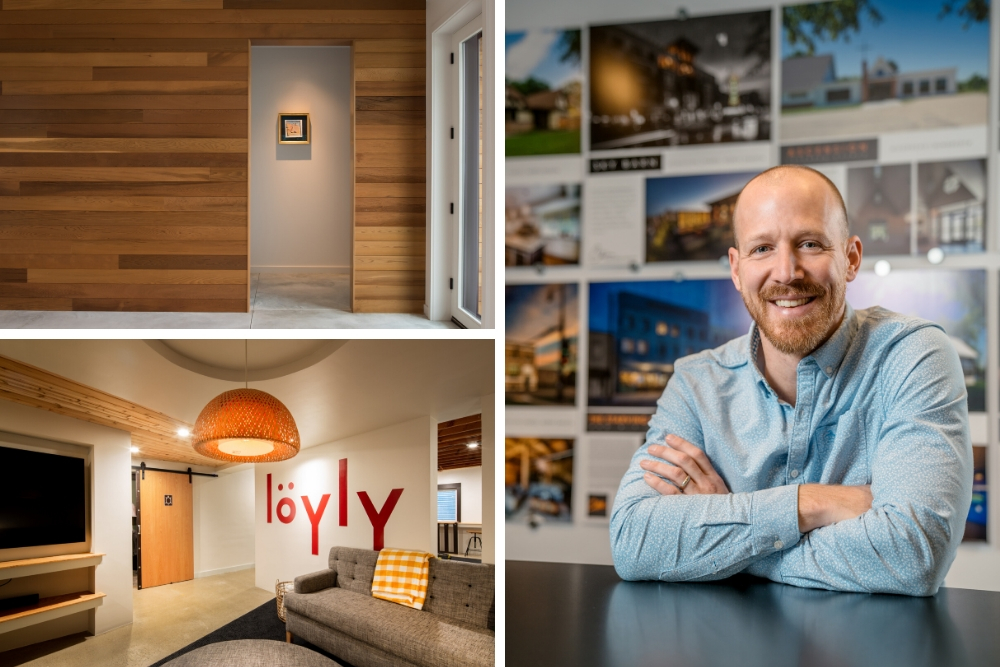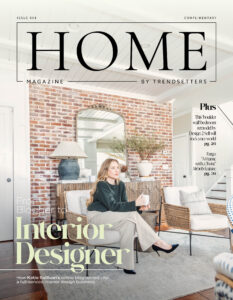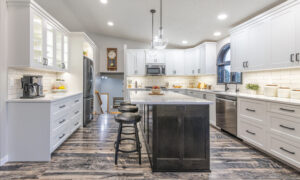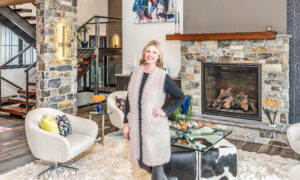By Chris Hawley, Principle Architect at CHA Architecture + Construction
All photos provided by CHA Architecture + Construction
Architecture has been described as a beautiful blend of art and science. I believe that. I have also thought about how the head and the heart help shape our decisions in different ways. However, in my world, if you don’t have art at the heart of what you do, you don’t have inspiration and the world is pretty void of color. Don’t get me wrong, I love science for its clearly defined “black and white” role in the world, but art is what gets me up in the morning.
When we start a design project, the process is a free-flowing stream of thoughts and ideas that are rooted in solving a problem. And, we often get there with a number of solutions or versions of a solution that solve the problem. However, the one that is typically selected is the one that “sings.” Why is that? Because the one that “sings” is the one that has the ability to be transformative in the way you see the world and ultimately challenges you the way that art does. When you look at the best architectural work, it is often rigorous in its approach to achieving art. And, in some cases, the work starts with art and works itself backward. How does that show up in architecture? There is probably a long list out there, but I see it through a few principles that have been guiding our work for a long time. Below is a partial list of ways that art can be used to heighten the built environment and/or become the center of attention:
- Deciding what design should celebrate
- Deciding what design should not celebrate
- Framing views that are worth seeing (in the landscape and the shaping of the built environment)
- Using color to enforce a concept
- Allowing space for sculptural elements to “show off,” often creating an “attitude” or posture for a project
- Articulating handmade details in a way that engages the human experience
- Striving for “simple” as a means to focus your attention
- Creating forms that create an emotional response and shape the experience
- Using pattern to enforce an idea
- Understanding how to use scale and proportion to your advantage
- Surrounding yourself with meaningful things that help tell one’s story
- Using materials in a responsible and intentional way



I might also add that art is not limited to something framed on a wall. Art can often be found in the way that something is handled and/or with the “artful” way that someone uses restraint to solve a problem. I often visit with clients about wanting more art in their life and the quick solution is to cover every blank wall space with a piece of art. This is almost a “knee jerk” response that can be viewed as an afterthought. I would argue that there are better ways to achieve art in our lives and often the “cover the walls” approach will create a noisy and unsettling experience of art.
Art is thoughtful, careful and, more often than not, it is intentional and calculated. Art is not haphazard and rash. I find art in the way that one approaches their every day. This can be the way that decisions are made. This can be how one articulates their thoughts. This can be how one expresses a message. It can even be how one shapes experience and emotions. I have found that the most beautiful examples of art are the most simple and are most impactful when they celebrate one’s world and our place within it.
So, I would suggest that we could all use a little more art in our day-to-day lives. As much as I appreciate data, science and the quantitative aspects of life, I often find that we are never short on the quantity of information at our fingertips (we are overloaded). However, I will say that most people are often starving for the qualitative things in life that I believe art can bring. I believe that art can help bring that meaningful focus into our lives and our day-to-day. Science may be at the head of a lot of decisions, but art has always been at the heart of my life and my “quality of life” is always better when I have let my world be shaped in that way. Without art at the center of our work, we are void of inspiration and I believe that we can always use a little more color, texture and meaningful intent…softening the edges of our “black and white” world.
















